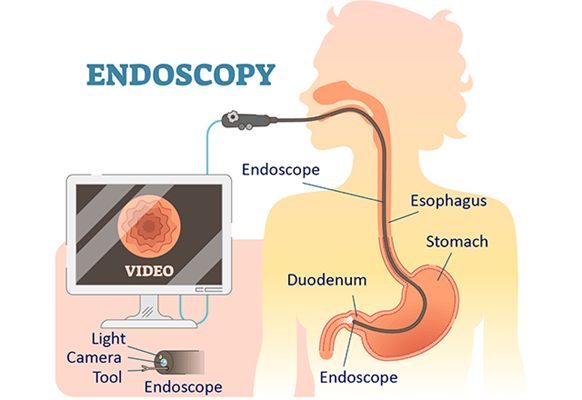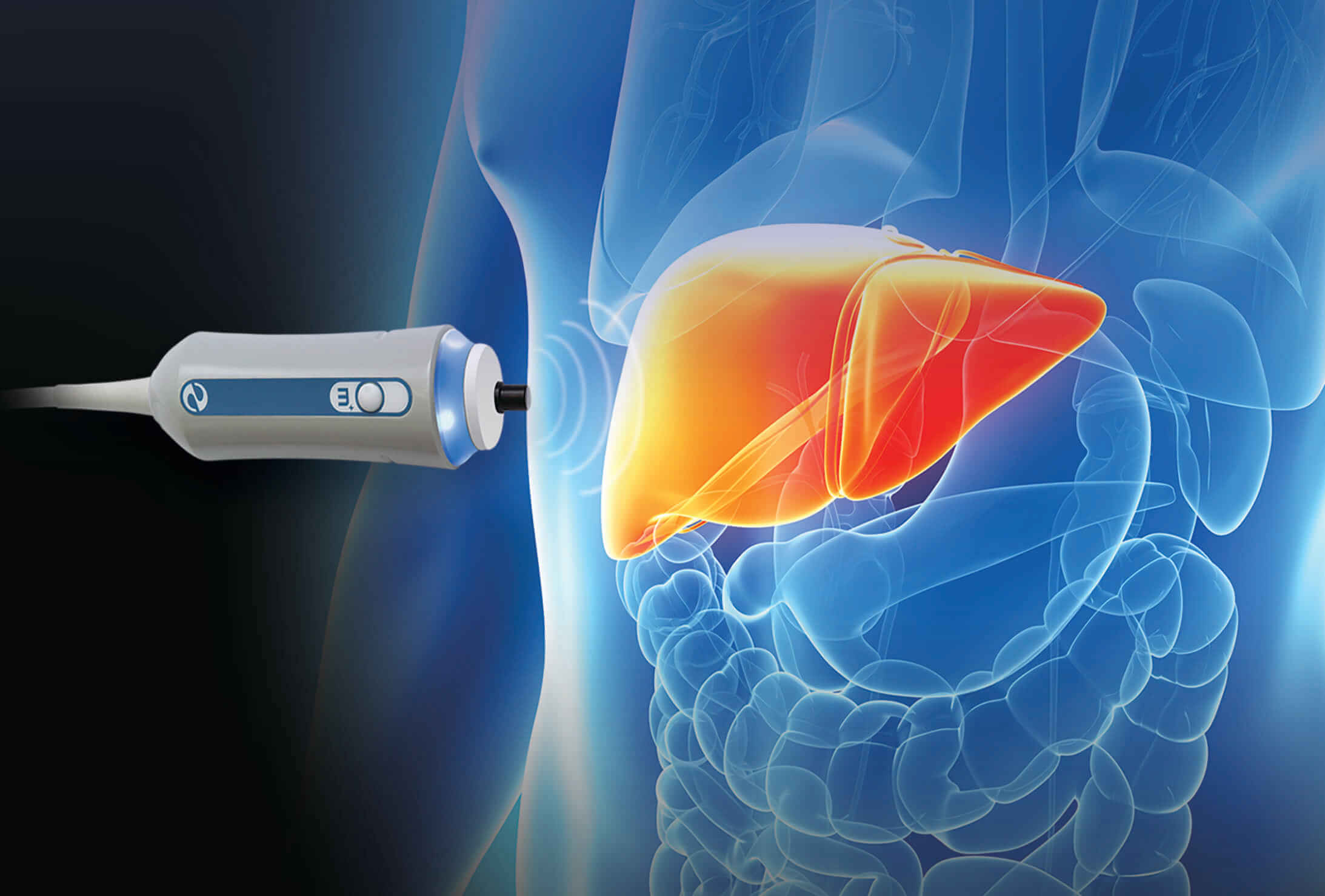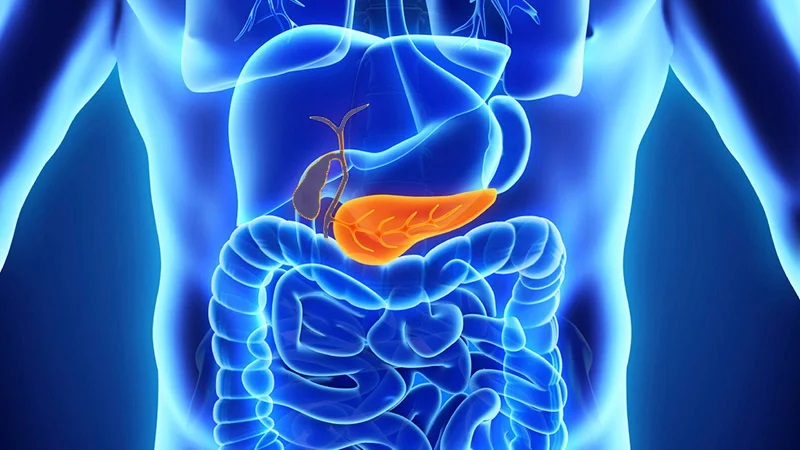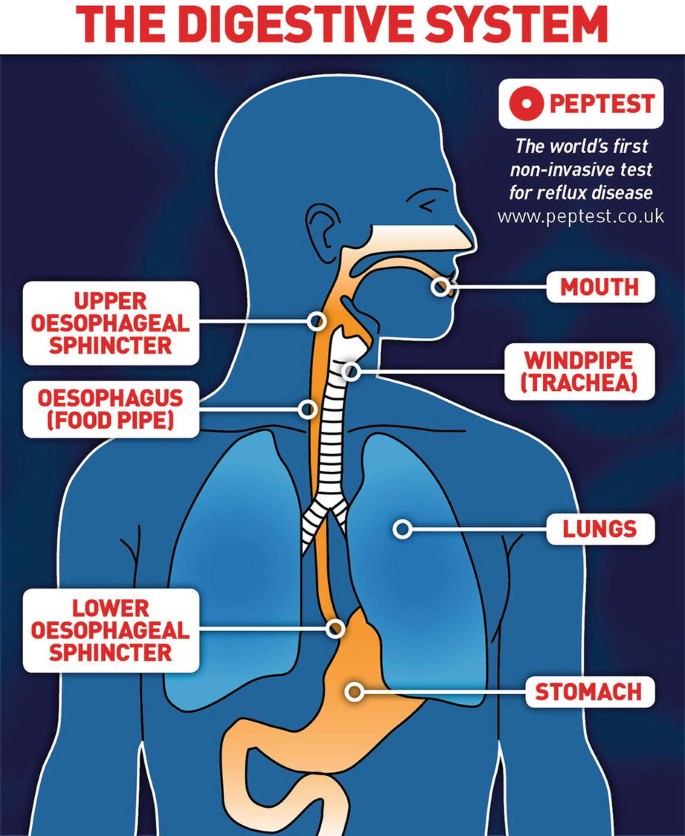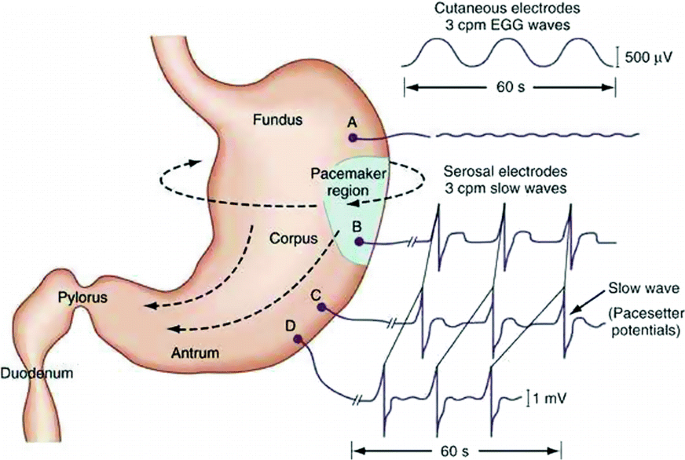Blood Test (GI & Liver) Details
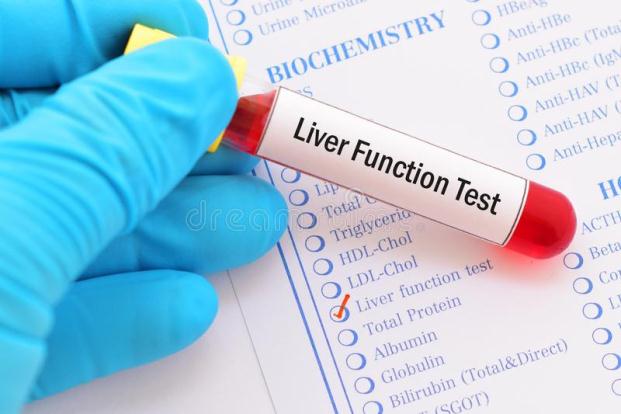
Blood tests are commonly used in gastroenterology (GI) and hepatology (liver) to assess the health and function of the digestive system and liver, as well as to help diagnose and monitor various conditions. These tests provide insight into how well the organs are functioning and whether there is inflammation, infection, or damage.
Common Blood Tests for GI and Liver Conditions:
1. Liver Function Tests (LFTs)
Liver function tests are a group of blood tests that provide information about the health of the liver. These tests help detect liver damage or disease.
Alanine Aminotransferase (ALT): An enzyme found mainly in the liver. Elevated levels of ALT often indicate liver damage or inflammation, such as in hepatitis or fatty liver disease.
Aspartate Aminotransferase (AST): Another liver enzyme that can indicate liver damage, though it is also present in muscles and other tissues. High AST levels may suggest liver injury, but the AST/ALT ratio can help differentiate between liver and non-liver causes.
Alkaline Phosphatase (ALP): An enzyme related to the bile ducts. High levels of ALP may indicate bile duct blockage, liver disease, or bone disease.
Bilirubin: A substance produced during the breakdown of red blood cells. Elevated bilirubin levels can cause jaundice (yellowing of the skin) and may indicate liver dysfunction, bile duct obstruction, or hemolysis.
Gamma-glutamyl Transferase (GGT): An enzyme that helps detect bile duct and liver diseases. High GGT levels, particularly alongside elevated ALP, often point to bile duct problems.
Albumin: A protein produced by the liver. Low albumin levels can indicate chronic liver disease or malnutrition, as the liver’s ability to produce proteins may be compromised in advanced liver disease or cirrhosis.
Prothrombin Time (PT)/International Normalized Ratio (INR): These tests measure the time it takes for blood to clot and assess liver function, as the liver produces clotting factors. Prolonged clotting time may indicate liver damage or cirrhosis.
2. Complete Blood Count (CBC)
A CBC measures different components of the blood and can provide clues about GI and liver health.
Hemoglobin and Hematocrit: Low levels can indicate anemia, which may result from GI bleeding, nutritional deficiencies, or chronic liver disease.
White Blood Cell (WBC) Count: Elevated levels may indicate infection, inflammation, or conditions like inflammatory bowel disease (IBD). Lowered levels may suggest bone marrow suppression or liver disease.
Platelets: Low platelet counts can occur in chronic liver disease or cirrhosis due to splenic sequestration or decreased production of clotting factors.
3. Tests for Specific GI Conditions
Celiac Disease Testing:
- Tissue Transglutaminase Antibodies (tTG-IgA): A common screening test for celiac disease. High levels of these antibodies suggest the presence of an autoimmune reaction to gluten.
- Deamidated Gliadin Peptide (DGP): Another test used for detecting celiac disease in individuals who might have low IgA levels or atypical presentations.
Inflammatory Markers:
- C-Reactive Protein (CRP): An inflammation marker that can be elevated in conditions like inflammatory bowel disease (Crohn’s disease, ulcerative colitis) or infections in the GI tract.
- Erythrocyte Sedimentation Rate (ESR): Another marker of inflammation. Elevated ESR levels may indicate ongoing inflammation, infection, or autoimmune disorders affecting the GI tract.
Amylase and Lipase:
- These are pancreatic enzymes measured in cases of suspected pancreatitis. High levels of amylase and lipase suggest inflammation or damage to the pancreas.
4. Tests for Hepatitis and Liver Infections
These tests are used to detect viral infections that affect the liver, such as hepatitis A, B, C, D, or E.
Hepatitis B Surface Antigen (HBsAg): Detects active hepatitis B infection.
Hepatitis B Surface Antibody (HBsAb): Indicates immunity to hepatitis B, either from past infection or vaccination.
Hepatitis C Antibody (Anti-HCV): Detects past or current hepatitis C infection. Further testing (e.g., HCV RNA) is used to confirm active infection.
Hepatitis A Antibody (Anti-HAV): Determines exposure to hepatitis A virus or immunity from vaccination.
5. Tests for Cholestasis (Bile Flow Obstruction)
- Total Bilirubin and Direct Bilirubin: Elevated direct bilirubin indicates issues with bile flow, suggesting blockages in the bile ducts or liver diseases that impede bile excretion.
- ALP and GGT: Elevated levels can suggest cholestasis or bile duct obstruction, often linked to conditions like gallstones, biliary cirrhosis, or bile duct tumors.
6. Iron Studies (For Hemochromatosis)
These tests measure iron levels and help diagnose hemochromatosis, a genetic condition causing excess iron buildup in the liver.
Serum Iron: Measures the amount of iron in the blood.
Ferritin: Reflects stored iron. High levels suggest iron overload.
Transferrin Saturation: Shows how much iron is bound to the protein that carries iron in the blood (transferrin). Elevated levels may indicate iron overload.
7. Alpha-Fetoprotein (AFP)
AFP is a marker used to screen for liver cancer (hepatocellular carcinoma) in people with chronic liver disease or cirrhosis. Elevated levels of AFP may indicate liver cancer or other liver tumors.
Utility of Blood Tests in GI and Liver Conditions:
- Diagnosing Diseases: Blood tests can help identify liver disease (e.g., hepatitis, cirrhosis), pancreatitis, celiac disease, inflammatory bowel disease, and GI bleeding.
- Monitoring Disease Progression: For patients with chronic liver diseases, blood tests help monitor the progression to cirrhosis or liver cancer.
- Evaluating Treatment Response: Blood tests are often used to monitor the effectiveness of treatments for conditions like hepatitis or fatty liver disease.
- Assessing Liver Function: Blood tests provide crucial information about how well the liver is functioning, especially in cases of liver failure or cirrhosis.
Blood tests are essential tools in the diagnosis and management of gastrointestinal and liver disorders, offering valuable insights into the health of these organs and guiding further diagnostic or therapeutic steps.


